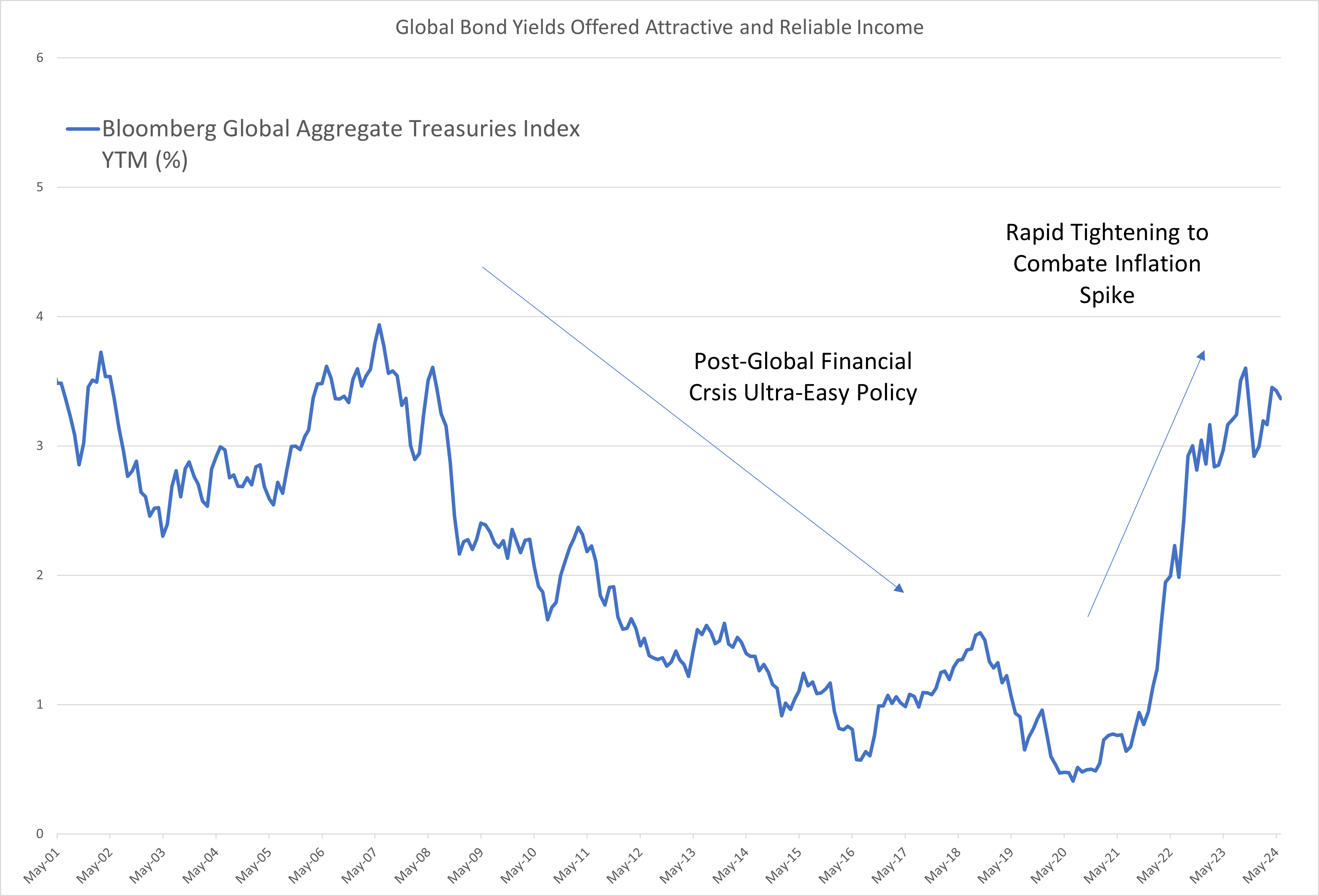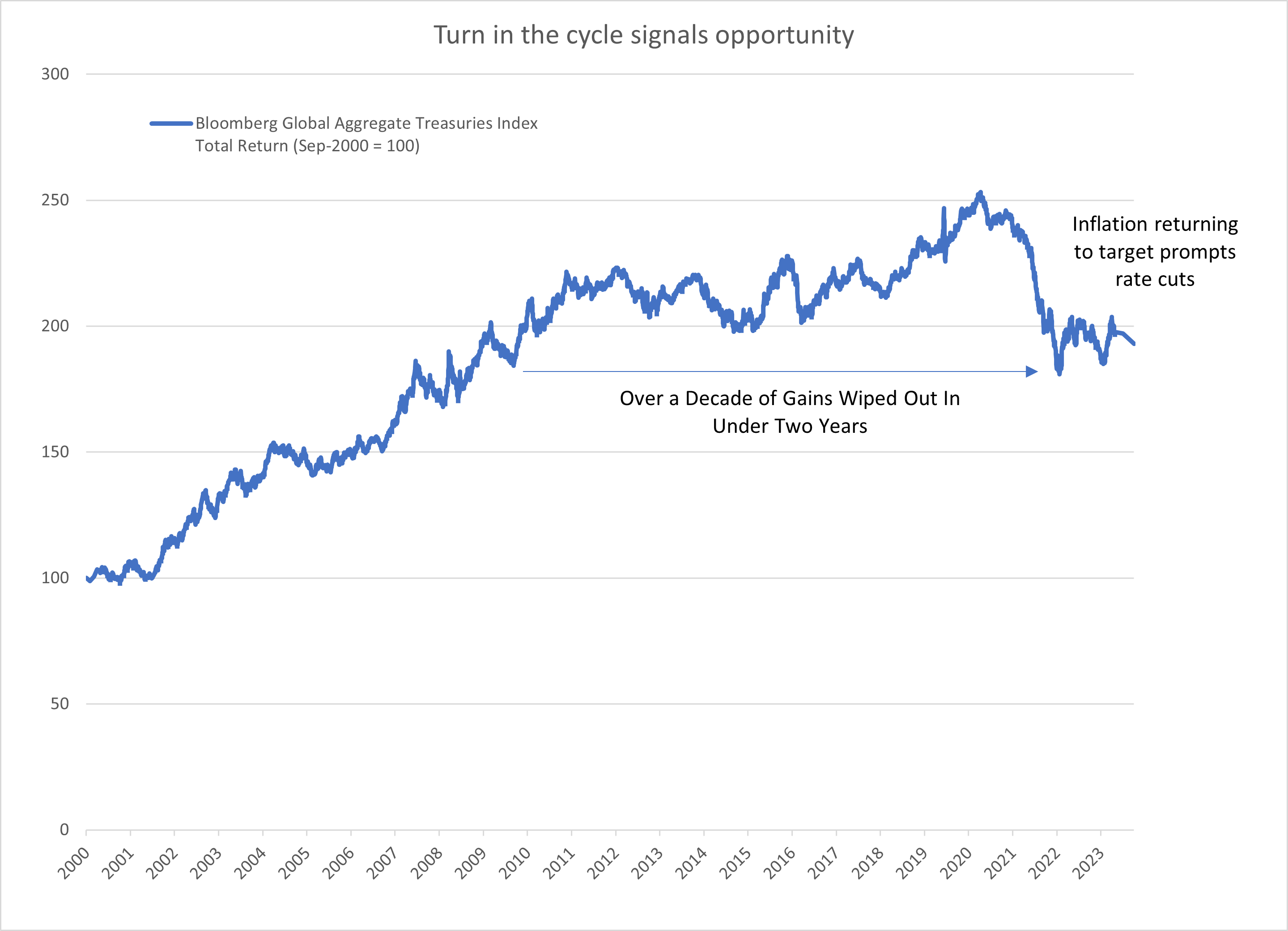Finland
Financial Intermediary
Change site
Choose your site
Enterprise
Corporate
Financial Intermediary
Institutional Investors/Consultants
Your location and language
Finland
English
Search
Search
Finland
Financial Intermediary
Change site
Choose your site
Enterprise
Corporate
Financial Intermediary
Institutional Investors/Consultants
Your location and language
Finland
English
Your location and language
Finland
English
Choose your location
Current selection
Finland
English
Belgium
Denmark
Estonia
Finland
France
Iceland
Ireland
Latvia
Lithuania
Luxembourg
Netherlands
Norway
Portugal
Sweden
United Kingdom







